Home > Farm safety: not just a load of old COSHH
Farm safety:
not just a
load of old COSHH
Farming necessitates using a range of potentially harmful substances, including herbicides, pesticides, and cleaning chemicals. Dust is generated during activities like harvesting and straw chopping, and fumes are produced from welding. In essence, farming frequently generates a lot of hazardous materials.
For a safe work environment, farmers and farm workers should have a comprehensive understanding of, and adhere to, the Control of Substances Hazardous to Health (COSHH) Regulations of 2002. This Farm Safety Week your AF Insurance team summarise the key things you need to know about COSHH.
What does COSHH cover?
COSHH regulations safeguard workers against potential health hazards arising from exposure to dangerous substances within the workplace. This framework involves the identification and evaluation of risks, the implementation of control measures, and the provision of essential information, training, and supervision.
Why is COSHH important?
Adhering to the regulations helps to improve health and safety, protect the environment and ensure compliance with applicable legal requirements and conditions of your insurance cover.
What are employer responsibilities under COSHH?
Under COSHH, farm employers have a broad spectrum of responsibilities. The key ones include:
- Identifying hazardous substances used or generated by working activities
- Planning how to prevent harm to health with a COSHH risk assessment
- Having control measures to prevent harm to health
- Making sure control measures are used
- Keeping control measures in good working order, such as ensuring adequate PPE
- Ensuring workers receive information, instruction, and training to comply with your control measures
- Providing health monitoring. If there is a likelihood of exposure to certain substances that could result in health effects
- Emergency planning
What are employees’ responsibilities under COSHH?
Under COSHH, farm workers are responsible for keeping themselves and others safe. They must:
- Comply with control measures
- Use provided PPE
- Take part in training
- Report concerns and incidents
- Practise good personal hygiene, such as following proper decontamination procedures if they come into contact with hazardous substances
- Participate in health monitoring if provided
What are hazardous substances on farms?
Many hazardous substances used on farms come under the scope of COSHH. These include chemicals and products containing them, fumes, dusts, vapours, mists, and gases.
For farming, common hazardous substances include:
- Pesticides, herbicides, insecticides, and fungicides
- Veterinary medicines
- Cleaning agents
- Silage and animal waste
- Dusts and allergens
What control measures can you put in place?
To comply with COSHH, there are three main forms of control measures. These are:
- Eliminating exposure
- Controlling exposure
- Monitoring health
1. Eliminating exposure
The principal objective is to minimise exposure to hazardous substances whenever practical. This could be by using organic pest control techniques instead of chemical pesticides or products with a lower hazard classification, such as fertilisers with less harmful ingredients.
2. Controlling exposure
This focuses on effectively controlling employees’ exposure to hazardous substances. This could be through the implementation of engineering controls, such as installing ventilation systems and the development of safe working practices for handling hazardous substances. Providing regular training and appropriate PPE to relevant personnel could also be implemented.
3. Monitoring health
A health monitoring programme set up to monitor workers’ health when working with hazardous substances would involve periodic medical examinations, monitoring absences from work to pick up on potential health problems, and monitoring for any signs of dermatitis or breathing difficulties in employees.
What is a COSHH assessment?
A COSHH assessment involves identifying and assessing the risks associated with hazardous substances present in the workplace. This includes evaluating the potential harm these substances can pose and implementing control measures to mitigate or eliminate those risks. A comprehensive and regularly reviewed COSHH assessment is vital for farms to adhere to the regulations and maintain the highest possible level of safety.
A COSHH assessment follows the following steps:
- Identify the risks.
- Assess and evaluate the risks
- Determine control measures.
- Record your findings
- Ongoing review and monitoring.
For help with COSHH risk assessments and the health and safety of your farm, contact your AF Insurance team by email to insurance@af.farm or call 01603 967 900.



